Rice noodles, also called Vermicelli noodles, are a staple in Asian cuisines. Since they are so scrumptious, they are often cooked in big batches which makes room for leftovers. You wouldn't want to throw them away, so you need to know how to properly store them! We've found the best storage solutions for cooked rices noodles.
To make sure your rice noodles stay fresh, they should be totally dry before you pop them in the fridge. Moisture will create condensation and make your noodles soggy the next time you cook them. You also need to separate them from the broth, section them properly so they do not stick together, and place them in an airtight container.
Rice noodles are easy to cook and store. Storing them properly is one thing, but maintaining their flavor and freshness is another matter. If you want to learn more about effective storage solutions and rice noodle recipes, keep reading below!

How To Properly Store Cooked Rice Noodles
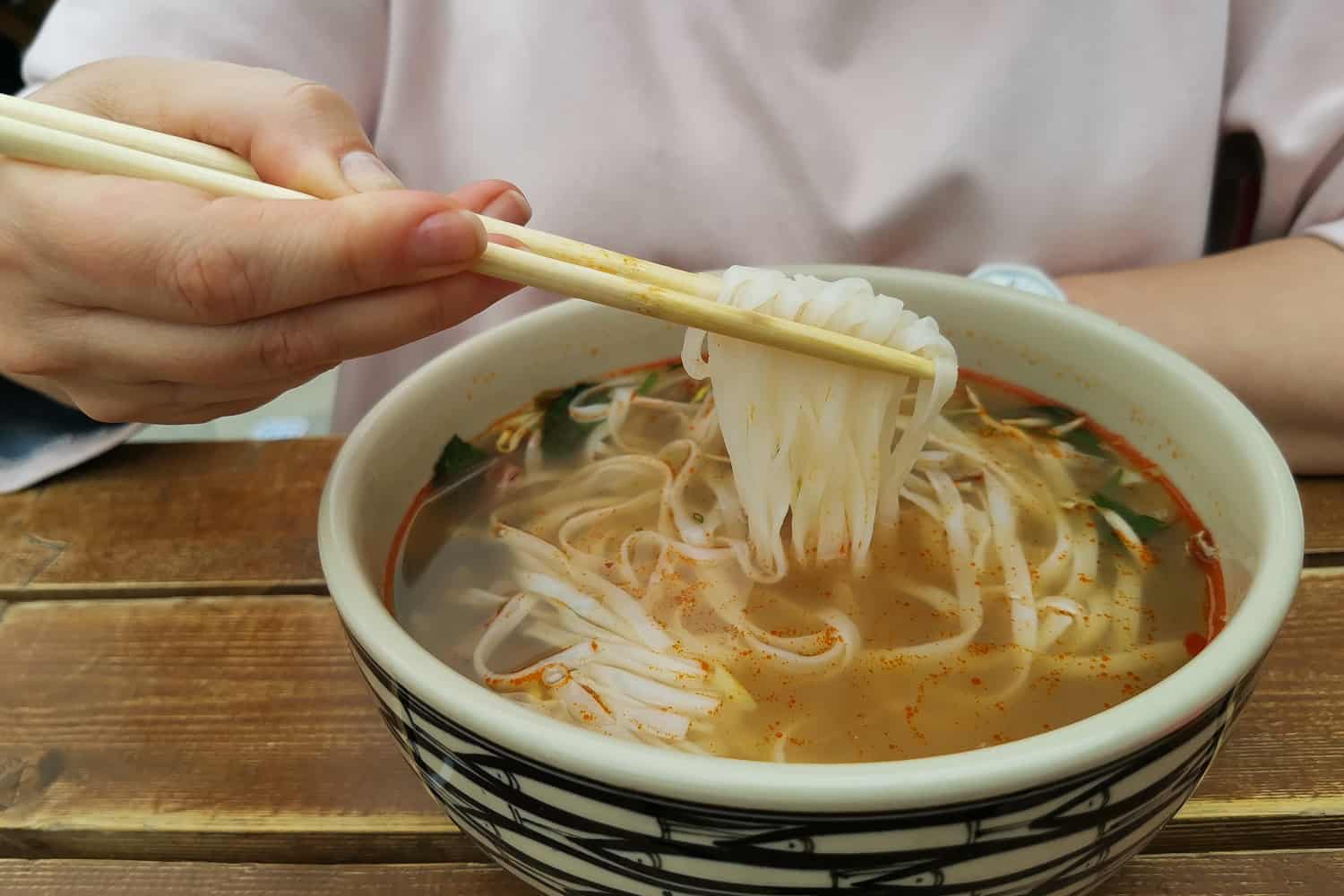
When you store cooked rice noodles, you want to maintain their consistency as much as possible. Here is an ideal way to store them.
- Wash the cooked rice noodles in cold water to get rid of the starch that makes the noodles clump together.
- Rinse until the water becomes clear.
- Coat the noodles in sesame oil, sunflower oil, or peanut oil to retain their flavor.
- Divide the noodles into different portions and layer them in a crisscross position, or use plastic wrap to separate them.
- Keep the rice noodles in a sealed airtight container to prevent condensation and bacteria from forming.
- Do not keep the leftover rice noodles at room temperature for more than two hours since this is the ideal temperature for mold to form.
Read: "Do Pasta And Noodles Absorb Water When Cooked?"
How to store noodles cooked in broth
Noodles with broth such as pho should first be separated before storing. You do not want your rice noodles to become soggy, and keeping them submerged in the broth will make the noodles absorb water.
Place the broth in a sealed container and put it in the fridge. Air-dry the noodles for about 10 minutes or until they dry completely, then put them in a separate sealed container.
Wrapped in plastic
Prepare a baking sheet, parchment paper, and plastic wrap. Line the baking sheet with parchment paper and place the drained noodles on top. Cover it with plastic wrap and refrigerate for up to three days.
How to Freeze Leftover Rice Noodles
Freezing rice noodles can sometimes make them soggier since they can absorb water once the ice starts to thaw. To avoid this, you freeze the noodles al dente so they can retain their consistency even after reheating.
Read: "How To Store Homemade Noodles—Cooked And Precooked!"
Placing the noodles in a freezer bag
Place the cold-washed noodles in a freezer bag. Lay the noodles at the center and make sure all corners are sealed. The noodles can stay fresh for about two months with this method.
Placing it in an airtight container
Place the washed noodles into an airtight container. Make sure they are layered separately with plastic. Keep them away from odor-rich food, and this should last for up to four weeks.
Can you freeze cooked noodles covered in sauce?
If your noodles are covered with sauce, it is best to consume them immediately. Freezing these noodles can cause a change in consistency when reheated, especially since thawing it will make water mix with the sauce.
Cooked noodles that have been refrigerated before being put into sauce should be coated with olive oil first before reheating. This is so you can prevent clumping and a mushy texture.
How Long can Rice Noodles Last?
Cooked rice noodles have a shelf life of two to four days. You need to make sure that no condensation forms on the noodles to make it last up to that point.
You can store it in the freezer for up to two months, provided that it is properly sealed. However, you will need to eat it once it is thawed. This is because some moisture can stick to the noodles, giving a chance for bacteria growth. (Note that storing it in the fridge for a long time can reduce its quality.)
Vacuum-packed noodles can last in the refrigerator for 10 days but will need to be consumed within three days after opening.
How to Properly Reheat Cooked Rice Noodles
Retaining the scrumptious quality of rice noodles depends on how it is reheated just as much as how it was stored. Vermicelli noodles do not expand, so it is common to cook more than you can eat.
Here are ways you can reheat your properly-stored rice noodles.
Microwave Heating
Microwaving is the most convenient way to reheat your leftover noodles. This is ideal when you have a busy lifestyle and you just want something to fill you up so you can go on your day.
- Make sure your noodles are in perfect consistency, not too dry, and not too drenched.
- Place the noodles on a microwave-safe container and cover with a cling wrap.
- Pop it in the microwave and set the timer to one minute. Check every 30 seconds, making sure that you stir it to avoid clumping.
- Take the noodles out and mix with broth or sauce.
Pan heating
If you do not have a microwave, pan heating is a great option. It can take you more time, but it also means you have more opportunities to be experimental.
- Set the stove to a medium flame and place a nonstick pan on top.
- Heat the pan for about two minutes, then slather your preferred sauce on top to separate the noodles.
- Drop the noodles onto the pan and mix. Add some water if your noodles are starting to dry, but not too much that it becomes soggy.
- You can mix the sauce and toppings on the pan with the noodles, or you can transfer it to a plate and mix the other ingredients from there.
- Serve and enjoy.
Gentle soak in hot water
Reheating your noodles in hot water is probably the easiest route. This is also the best way to retain its texture and consistency--but only if your noodles are plain.
For thin noodles, you only have to wait until the water is very hot, but not necessarily boiling. Throw in your rice noodles, mix them for 1-5 minutes to get rid of clumps, and you can take it out to enjoy its reinstated quality.
For thicker noodles, you will need to soak them into a pot of boiling water for 8-10 minutes. Afterward, you can wash it in cold water and drain it--you have your chewy and soft noodles again!
Rice Noodle Recipes You Need To Try
Laksa Soup

Laksa Soup is a rich and flavorful soup originating from Southeast Asia (Malaysia, Singapore, Indonesia) made with thick rice noodles. It has a coconut-curry base and a medley of vegetables, chicken, and paste.
Pho
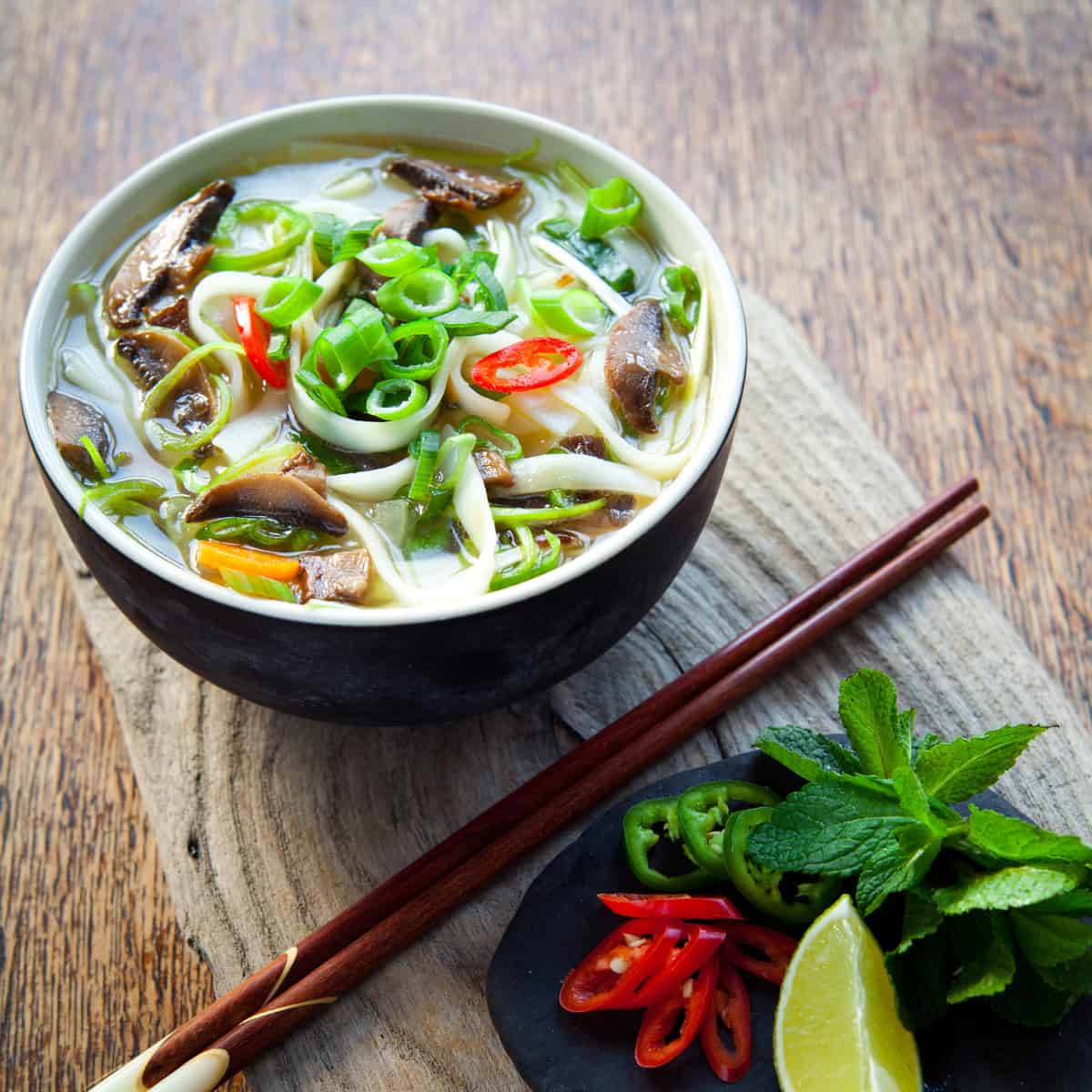
Pho is a simple yet refreshing soup from Vietnam made with rice noodles, beef bones, and flavorful spices. You can throw in your favorite condiments, and it will blend with the flavors deliciously.
Pancit Bihon
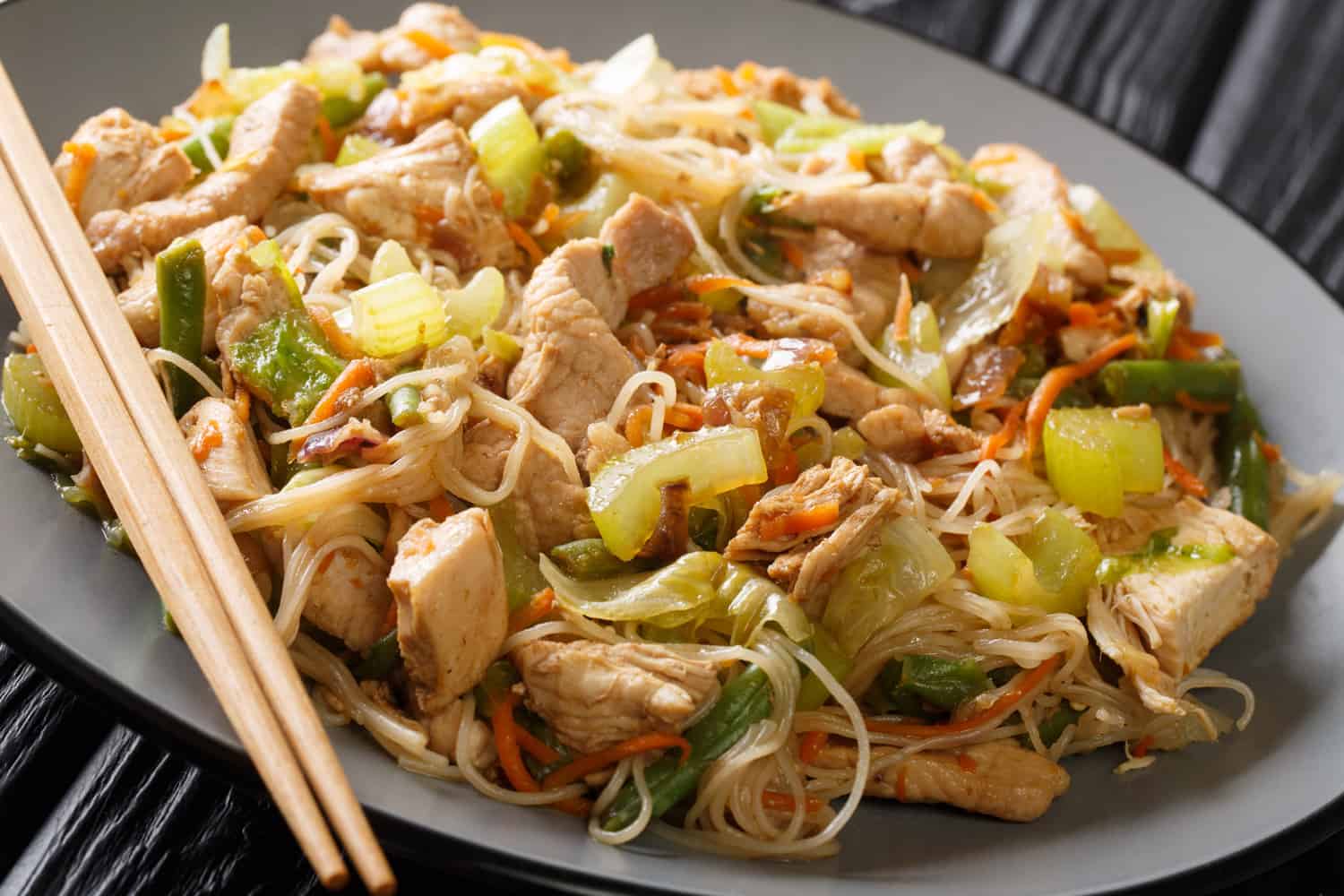
Pancit Bihon is a flavorful rice-based noodle dish from the Philippines. They are cooked with soy sauce, vegetables, and meat chops, making them the perfect dish to fill you up on a busy day.
Can rice noodles be served cold?
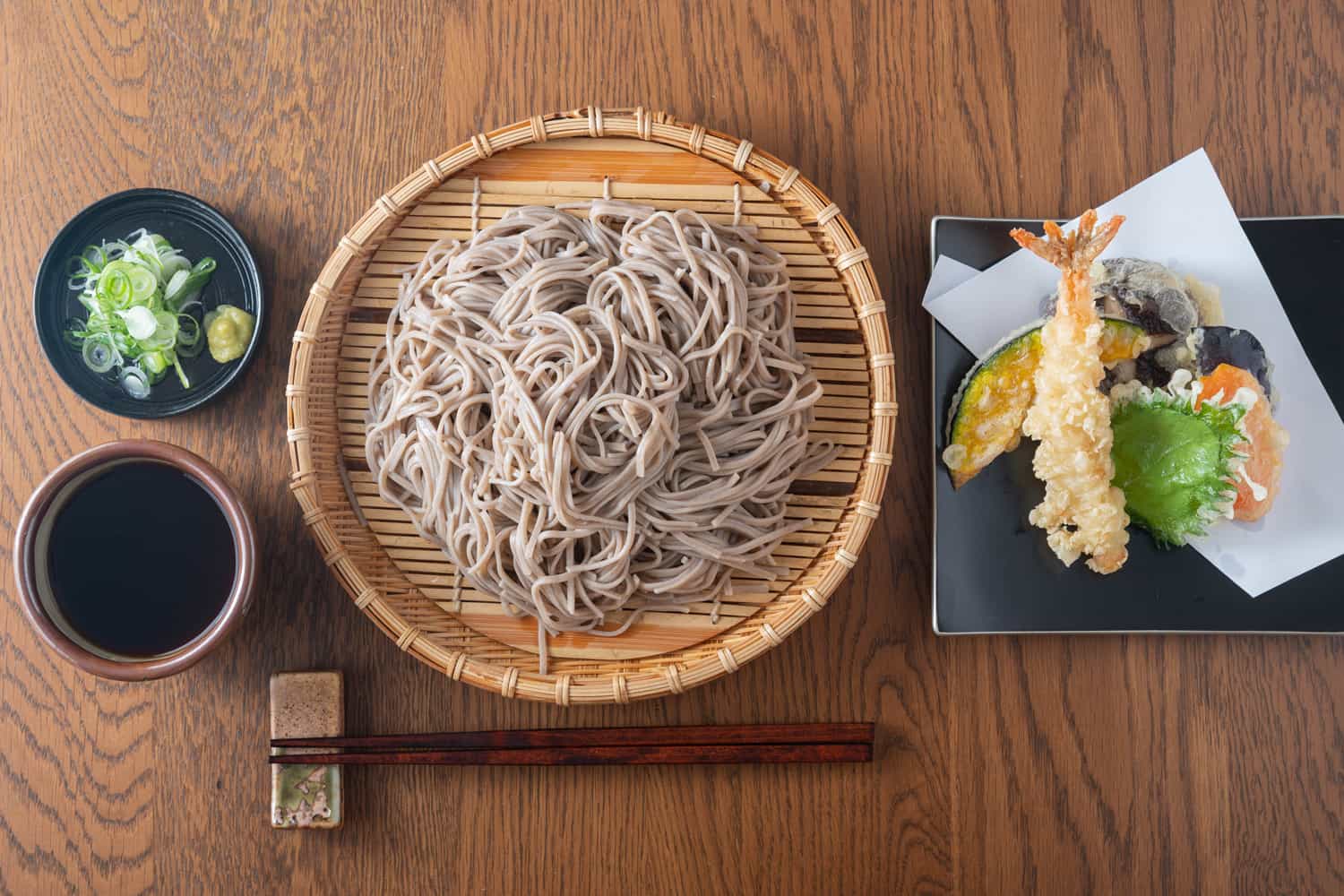
Yes, certain rice-based noodles can be served either hot or cold. Take Japanese Soba, for example. These buckwheat noodles served cold are dipped into a sauce of your choice mixed with green onions and wasabi, making it a perfect cool-down dish during the summer.
How To Tell if Rice Noodles have Spoiled
Make sure that you follow the proper storing methods and, more importantly, its shelf life. Ideally, your noodles should be eaten within two days, but with proper storage, you can stretch that for up to four days--nothing more than that.
Experts warn that a bacteria called Bacillus Cereus can infiltrate rice-based food, including rice noodles.
Here are telltale signs that your rice noodles have gone bad:
- It smells rancid and sour, nothing like how it did when first cooked
- If there are signs of discoloration
- There are mold starting to form
You will need to trust your senses to tell if your food has gone bad.
Final Thoughts
Rice noodles are healthy, delicious, and easy to make, which is why some people, especially large families, tend to make them in large batches. Rice-based noodles originated in Asia, and they reflect a rich culture filled with flavor and aroma that refreshes you from the inside out.

![Pour water into rice - How Much Water To Rice In Rice Cooker [Ratio By Type Of Rice]](https://kitchenseer.com/wp-content/uploads/2022/03/Pour-water-into-rice-250x250.jpg)
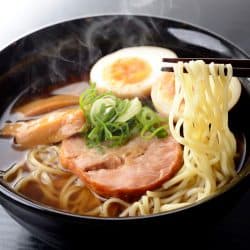
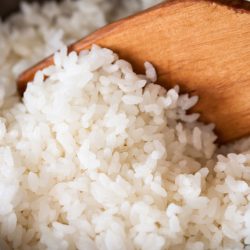
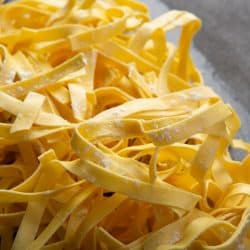
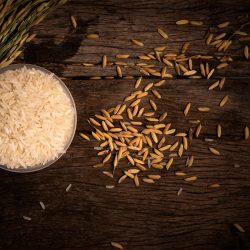
![A rice cooker filled with freshly cooked rice, Can Rice Cookers Cook Brown Rice? [And How to]](https://kitchenseer.com/wp-content/uploads/2022/02/A-rice-cooker-filled-with-freshly-cooked-rice-250x250.jpg)
Rice noodles are a delicious and versatile ingredient that can be used in a variety of dishes. Rice noodles is a great option for those who love Asian cuisine. Whether it’s a savory noodle soup or a stir-fry with vegetables and protein, the options are endless. The texture of rice noodles is unique and adds a great flavor to any dish. Overall, Yole’s rice noodle menu is a must-try for anyone who loves Asian cuisine or wants to try something new and delicious.